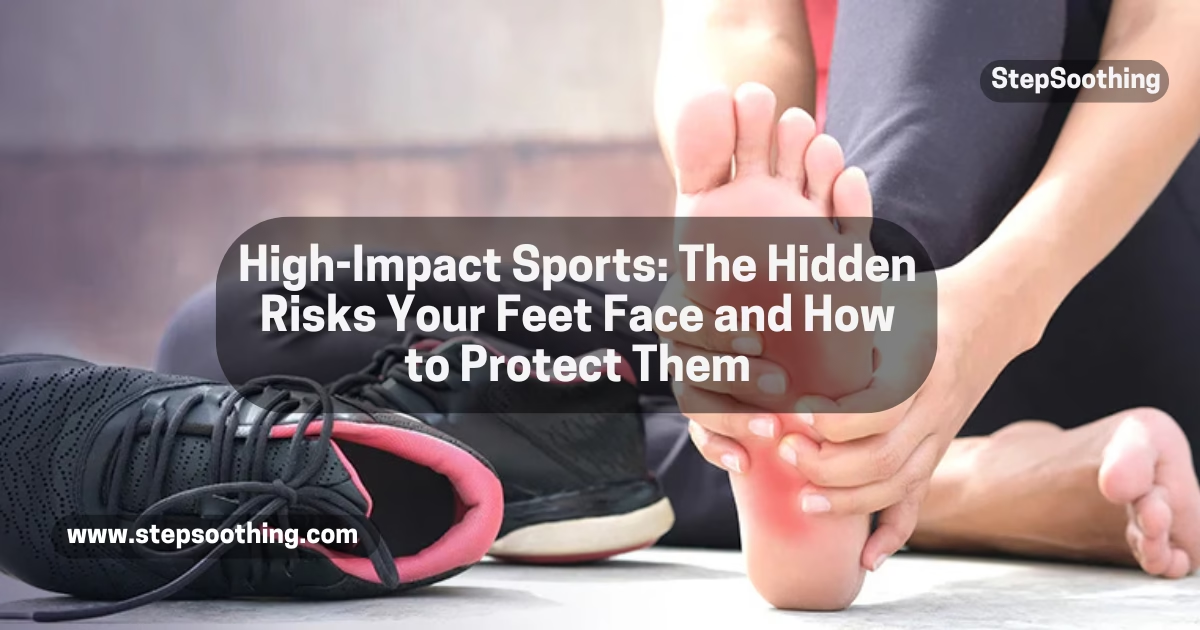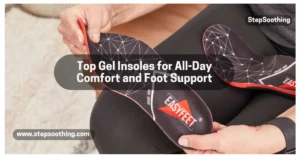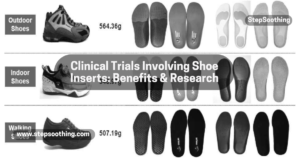High-impact sports such as basketball, soccer, and running provide exhilarating experiences and significant health benefits, but they also place considerable stress on the feet. Understanding the importance of comprehensive foot support is crucial for athletes and enthusiasts alike. This guide explores the relationship between high-impact sports and foot support, highlighting the need for proper footwear, injury prevention strategies, and effective recovery methods.
High-Impact Sports and Foot Support
High-impact sports put significant stress on your feet, increasing the risk of injuries like sprains, fractures, and plantar fasciitis. Proper foot support, such as well-cushioned shoes, custom orthotics, and strengthening exercises, helps absorb shock and reduce strain. Prioritizing foot care ensures better performance, comfort, and long-term foot health for athletes.
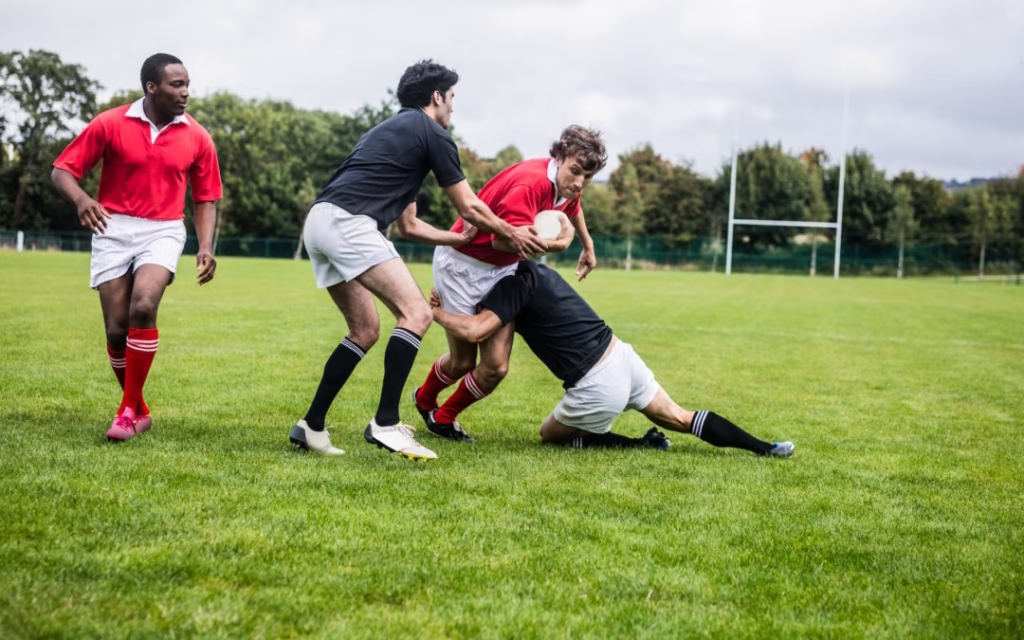
Why Foot Support Matters in High-Impact Sports
The Strain Sports Put on Your Feet
During high-impact activities, your feet endure tremendous forces—often several times your body weight. This repetitive stress can lead to common injuries such as stress fractures, plantar fasciitis, and Achilles tendonitis. Without adequate foot support, athletes are at a higher risk for these debilitating conditions.
The Role of Proper Foot Support
Foot support is essential not only for comfort but also for maintaining proper biomechanics. Effective foot support aligns the feet, absorbs impact forces, and provides stability during dynamic movements. This alignment reduces fatigue and enhances performance by allowing athletes to maintain optimal energy levels throughout their activities.
Understanding Foot Anatomy
The Complex Structure of the Foot
The human foot is a complex structure comprising 26 bones, 33 joints, and over 100 muscles, tendons, and ligaments. This intricate design allows for flexibility and movement but also makes the feet vulnerable to injuries without sufficient support. Understanding this anatomy is vital for recognizing how various sports can impact foot health.
Common Sports Injuries
Engaging in high-impact sports often leads to specific foot-related issues:
- Plantar Fasciitis: Inflammation of the tissue along the bottom of the foot, causing heel pain.
- Achilles Tendonitis: Overuse injury affecting the Achilles tendon, leading to pain at the back of the heel.
- Stress Fractures: Small cracks in bones caused by repetitive stress from high-impact activities.
Recognizing these injuries is crucial for effective prevention and management strategies.
Related Article
Impact of Sports on Foot Health
Best Insoles for Cross-Training
Custom Insoles for Sports Performance
Types of Foot Support for Athletes
Orthotics and Custom Insoles
Custom orthotics are tailored to an individual’s foot structure, providing precise support for alignment issues and injury management. They are particularly beneficial for athletes with chronic conditions or specific comfort needs.
Arch Supports
Arch supports are essential for individuals with flat feet or high arches. They help distribute weight evenly across the foot and alleviate pressure points that can lead to injuries.
Cushioned Insoles
Cushioned insoles are designed to absorb shock during repetitive-impact sports like running. They protect joints and muscles from wear and tear, allowing athletes to perform longer without discomfort.
Innovative Footwear Technology
Advancements in footwear technology have led to innovations such as gel cushioning, breathable materials, and lightweight designs. These features enhance performance while providing essential support during high-impact activities.
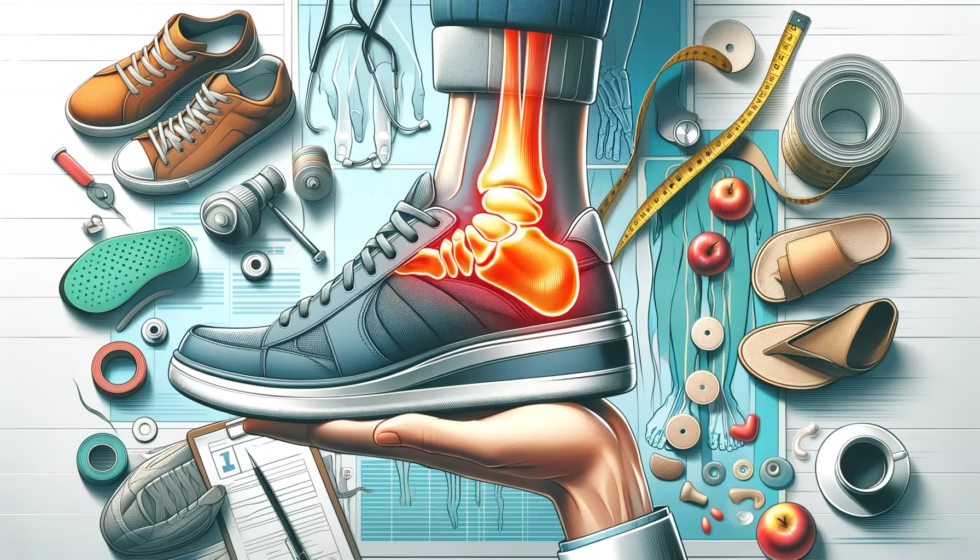
Choosing the Right Footwear and Support
Key Features to Look For
When selecting footwear for high-impact sports, consider these critical features:
- Cushioning: For effective shock absorption.
- Stability: To prevent ankle injuries during dynamic movements.
- Fit: Shoes should be snug without being overly tight.
- Breathability: Helps keep feet dry and reduces odor.
Top Brands for High-Impact Sports Shoes
Several brands are renowned for their commitment to quality in sports footwear:
- Nike: Known for cutting-edge technology in athletic shoes.
- Adidas: Offers excellent support and versatility across various sports.
- Asics: Renowned for its cushioning technology and stability features.
Preventing Injuries with Foot Support
Warm-Up and Stretching Techniques
Incorporating dynamic stretching into your routine prepares muscles and joints for action. Focus on stretching key areas such as calves, hamstrings, and Achilles tendons through exercises like lunges or toe touches.
Strengthening Foot Muscles
Strengthening exercises can significantly improve stability and reduce injury risk. Recommended exercises include toe raises, marble pickups, and resistance band workouts that target foot muscles.
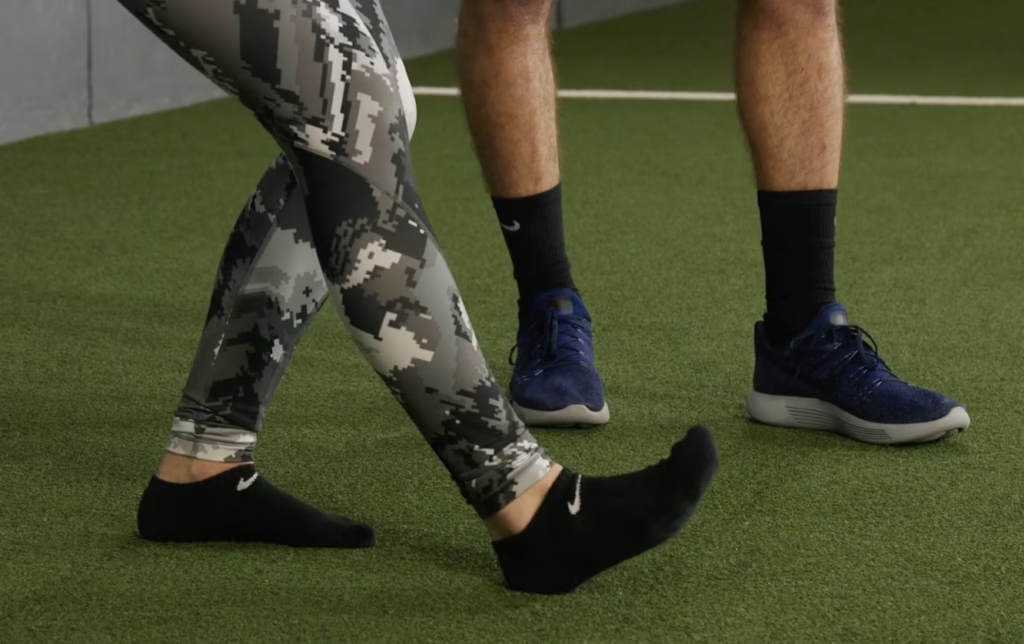
Maintenance and Care for Foot Support
Cleaning and Maintaining Insoles
Regular cleaning with mild soap and water can prevent odors and extend the life of insoles. Always air-dry them thoroughly after cleaning.
Replacing Worn-Out Support
Over time, insoles lose their cushioning effectiveness. It is advisable to replace them every 6–12 months or sooner if you notice a decline in support quality.
Benefits of Proper Foot Support
Injury Prevention
Adequate foot support significantly reduces the risk of common sports injuries. This allows athletes to focus on performance rather than discomfort or pain.
Enhanced Performance
Proper foot support improves alignment and reduces fatigue, which boosts endurance and agility during high-impact activities.
Conclusion
High-impact sports can impose substantial demands on your feet; however, proper support can make a significant difference in performance and injury prevention. By choosing suitable footwear, incorporating stretching routines, strengthening foot muscles, and maintaining your gear, you can protect your feet while maximizing your athletic potential. Remember that healthy feet are foundational to athletic success—investing in their care will pay dividends in performance longevity.
People Also Ask
How do I choose the best insoles for my sport?
Consider your sport’s specific demands along with your foot type; cushioned insoles work well for runners while arch supports benefit basketball players.
Can regular insoles replace custom orthotics?
Regular insoles provide general support but lack the targeted alignment benefits that custom orthotics offer based on individual needs.
How often should I replace sports shoes?
It’s recommended to replace shoes every 300–500 miles or every 6–12 months depending on usage patterns.
Are there exercises to strengthen foot muscles?
Yes! Toe curls, marble pickups, and resistance band exercises effectively enhance foot strength and stability.
What should I prioritize when buying sports shoes online?
Check sizing charts carefully, read reviews regarding fit and comfort, and ensure the return policy allows for exchanges if necessary.
In conclusion, understanding the dynamics between high-impact sports and comprehensive foot support is essential for any athlete looking to enhance performance while minimizing injury risks. Prioritizing foot health through appropriate footwear choices and supportive measures will ensure a long-lasting athletic career.
